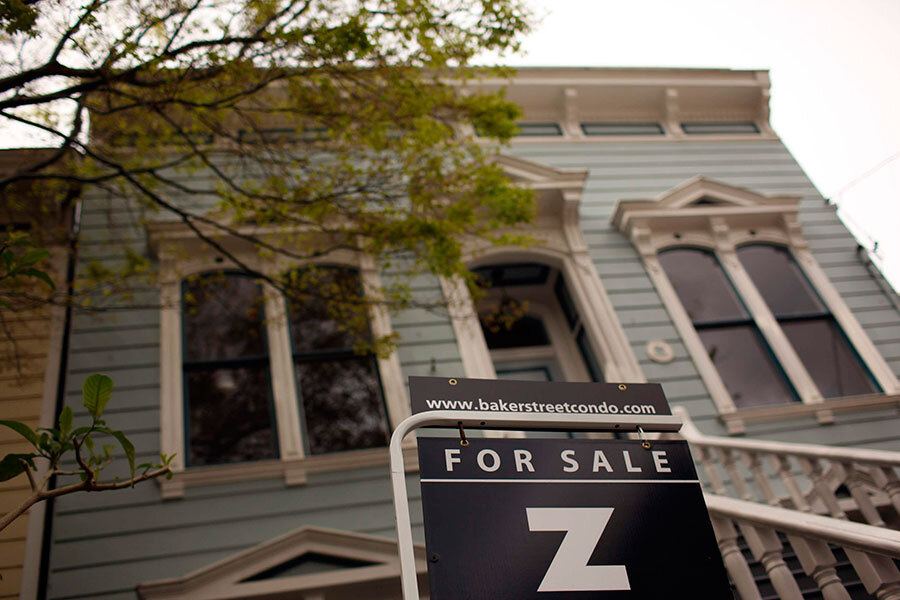Why this isn't your grandma's housing market
Loading...
Will spring bring abundance to the housing market?
Spring, historically, is a season of renewal – and real estate. But in some regions of the United States this spring, the housing market could be somewhat sluggish. On the coasts, for instance, there’s a relatively low inventory of homes, which could be a consequence of strict zoning laws that limit the construction of new homes, among other reasons.
But at the same time, more people in those areas are starting households. That combination – more households and not enough homes for sale – means that home prices are rising. As home prices rise, more people opt to rent – so rents are rising, too.
So are home prices out of reach for many?
Rising prices don’t necessarily mean homes are unaffordable, as long as wages keep pace. In places like Illinois’s Lake County and Alabama’s Jefferson County, home prices and wages are shifting almost in tandem, as you can see in the map below.
Still, a smaller portion of Americans own homes today than a decade ago – 64 percent in the last quarter of 2016 versus 69 percent at the same time in 2004.
This, despite a strong economy, job and wage growth, and relatively low (though rising) mortgage interest rates.
Fewer people are applying for mortgages and refinance loans, though those numbers are creeping up.
Analysts have speculated about a few potential reasons for the lower homeownership rate. One key reason is crushing student debt among Millennials that's delaying their home buying.
The hope is that new-home construction, particularly of affordable homes, will rise enough to meet growing demand over the next several years.









